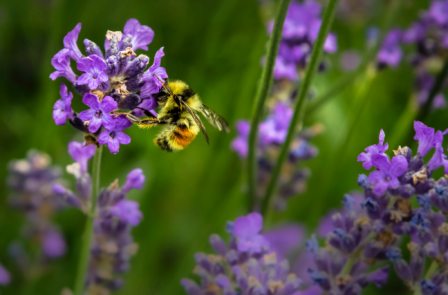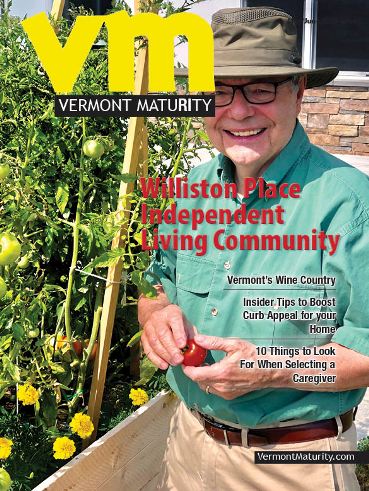
You don’t need a prairie or large lot to attract and support pollinators. A meadow or traditional garden and even container gardens can bring in bees, butterflies and hummingbirds to help pollinate plants. It’s just a matter of selecting the right plants, adjusting your maintenance practices, and skipping the pesticides.
Create your garden by converting a few square feet of lawn, garden bed or front yard into a pollinator-friendly garden. You may want to start by switching out part of an existing garden or container to more pollinator-friendly flowers.
Expand your planting options by converting a portion of your lawn into a pollinator garden. Outline the bed with a hose or rope. Remove the sod, add compost as needed to improve drainage and you’ll be ready to plant.
Simplify and dress up your efforts by using an easy-to-assemble raised garden kit that can found on the Internet or at your local garden center. There are many sizes and styles to choose from and you’ll undoubtedly find one that fits your available space. Get creative while increasing the garden’s size by adding additional sections to create a honeycomb or other interesting design.
Mark the outline of the raised bed you select. Cut the grass short and cover it with newspaper. Set your raised bed in place and fill it with a quality planting mix. Place mulch four to six inches around the raised bed for ease of mowing and to eliminate the need to hand trim.
Once your planting bed is prepared, you’re ready to plant. Include single daisy-like black-eyed Susans, coneflowers, and asters that allow visiting insects to rest and warm when sipping on nectar or dining on pollen. Add a few tubular flowers for butterflies and hummingbirds. They both like bright colors and can be seen visiting salvias, penstemon and nasturtiums. And don’t forget the bees that are attracted to bright white, yellow, blue and ultraviolet colors. You’ll find them visiting these and other blossoms like catmint, sweet alyssum and perennial geranium.
Include spring, summer and fall bloomers to keep pollinators visiting and well fed throughout the season. You’ll enjoy the seasonal changes along with the color and motions the visitors provide. Include early spring perennials and bulbs to attract visitors in early spring as they search for much-needed food. Add fall flowers to help prepare them for winter or migration to their winter homes. Those in milder climates will want to add some pollinator-friendly flowers to support and attract pollinators wintering in their backyard.
Plant flowers in groups for greater design impact and to reduce the energy pollinators expend when gathering nectar and pollen from one flower to the next. Provide plants with enough space to reach their mature size. Temporarily fill in voids with annuals like salvia, single zinnias and nicotiana that also attract pollinators.
Mulch the soil with leaves annually. It suppresses weeds, conserves moisture, improves the soil and provides homes for many beneficial insects. Allow healthy plants and grasses to stand for winter. These provide homes for many beneficial insects and food for birds. Wait as long as possible to clean up your garden in spring. If needed, pile clippings out of the way to allow beneficial insects to escape these winter homes once temperatures warm. Then shred and compost the plant debris in summer.
As your gardens flourish, you will want to create more pollinator-friendly spaces. Your efforts will be rewarded with beautiful flowers, increased harvest and the added color and motion these visitors provide.
Melinda Myers has written more than 20 gardening books, including Small Space Gardening. She hosts the “How to Grow Anything” DVD series and the Melinda’s Garden Moment TV & radio segments. Her website is MelindaMyers.com.
Related Articles & Free Subscription

A Quality Potting Mix Leads to Gardening Success






Comment here